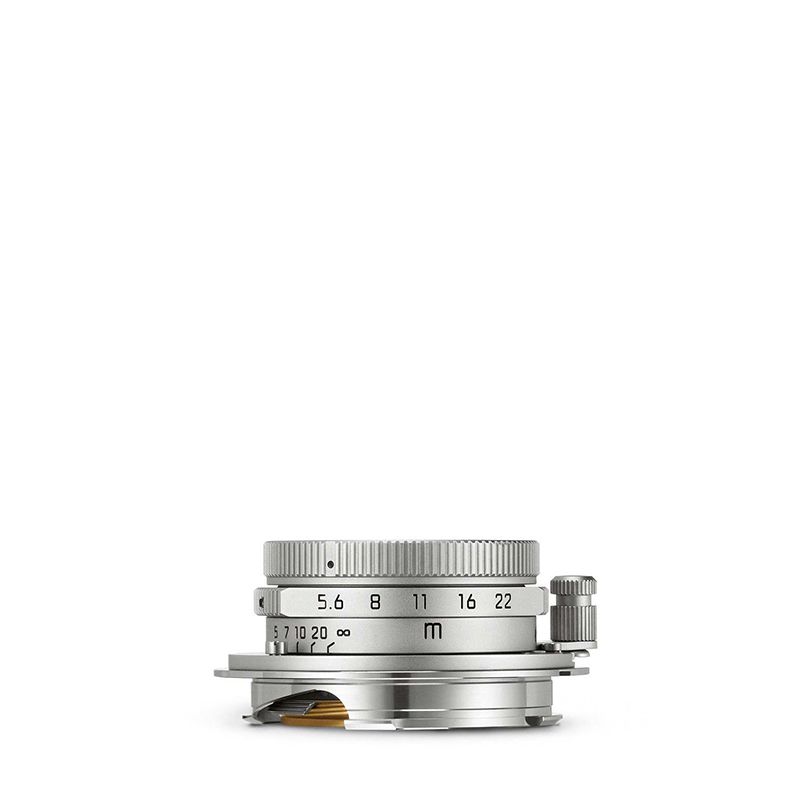
LEICA SUMMARON-M 28mm f/5.6 ASPH. Silver Chrome Finish
$5,290.00 Inc GST
| Delivery |
Available 2 - 3 days
|
| Click & Collect |
Product description
LEICA SUMMARON-M 28 mm f/5.6
The Leica M can be used with a multitude of lenses far beyond those available from the current portfolio. Frequently, photographers use lenses with a “vintage” signature to achieve particular effects that are difficult to reproduce, even with the most modern digital post-processing software. The Summaron wide-angle, now more than 50 years old, is a particularly popular and compact lens that has been recreated with an M-bayonet mount, 6-bit coding, and a slightly revised design.
Original, Not Retro.
The Summaron-M is modelled on a screw mount lens produced at the Leitz factory in Wetzlar from 1955 to 1963. Its unmistakable signature is almost impossible to reproduce by digital means and makes the lens a true classic that is now reborn in a revised edition, with exactly the same optical properties. The fact that this is no simple reconstruction is obvious at first sight: the design of the Summaron-M has been refined down to the essentials, without losing any of the character of its legendary ancestor.
Perfect for Street Photography.
The Summaron-M is the smallest M-System lens. With an overall length of less than 2 cm it is incredibly discreet, making it perfect for street photography. The combination of a clearly laid out depth of field scale and long focus throw allows particularly precise pre-focusing. In addition, the enormous depth of field makes it ideal for taking advantage of hyperfocal focusing and shooting from the hip at a speed no autofocus system can match.
Technical specs
The optical design of 6 elements in 4 groups arranged symmetrically around the iris of the Leica Summaron-M 28 mm f/5.6 is identical to that of its ancestor. In contrast to the legendary classic, the new model features an M-bayonet mount with 6-bit coding to enable communication between the lens and the camera.








